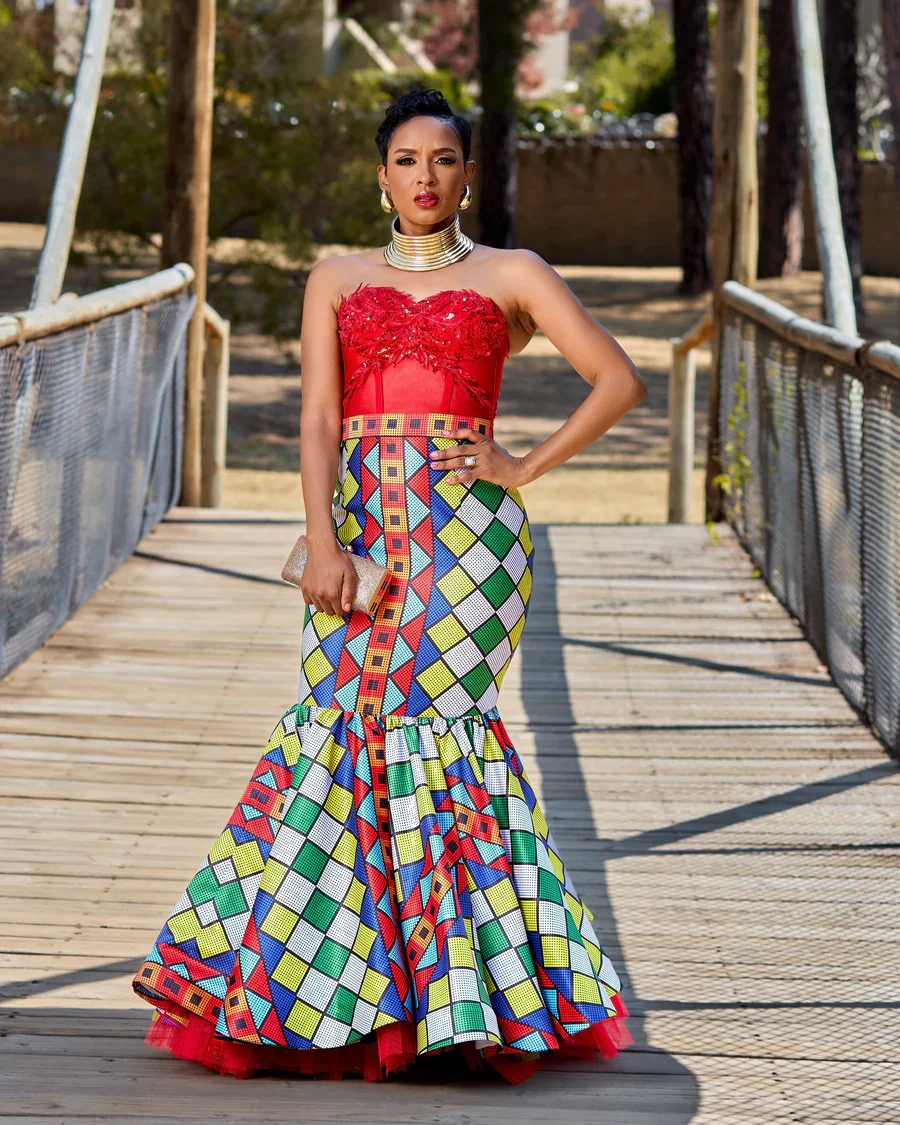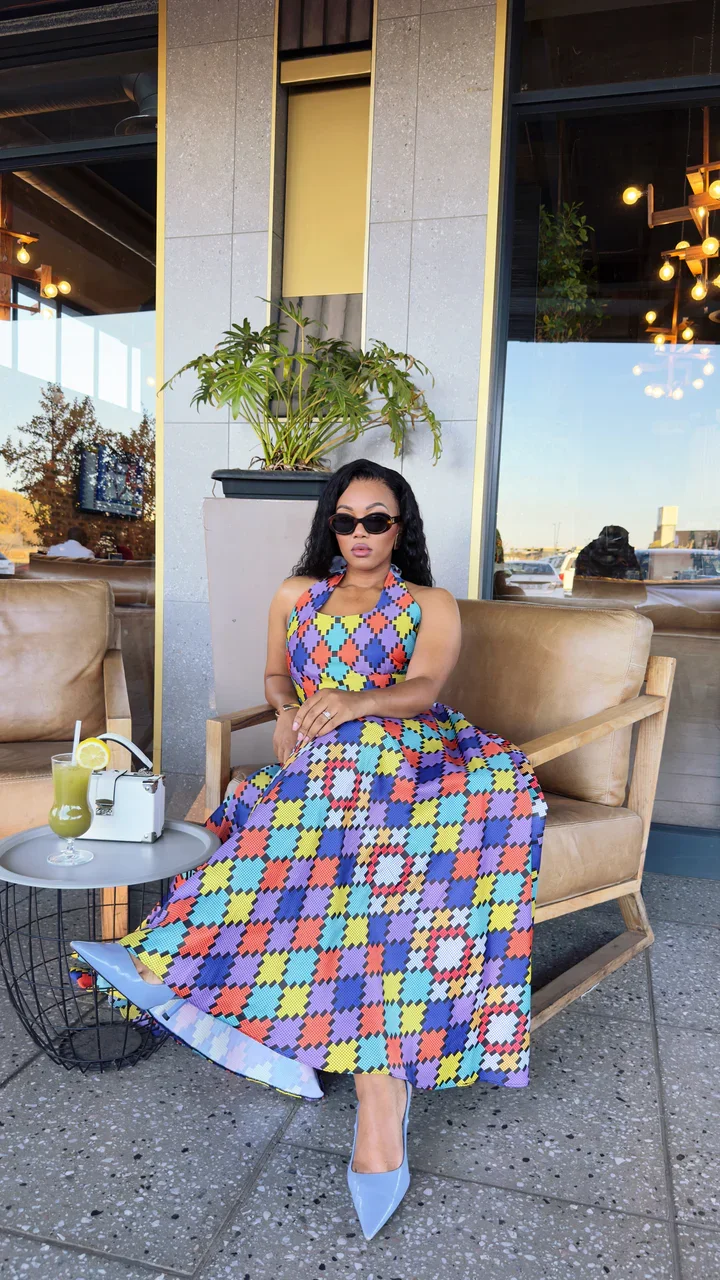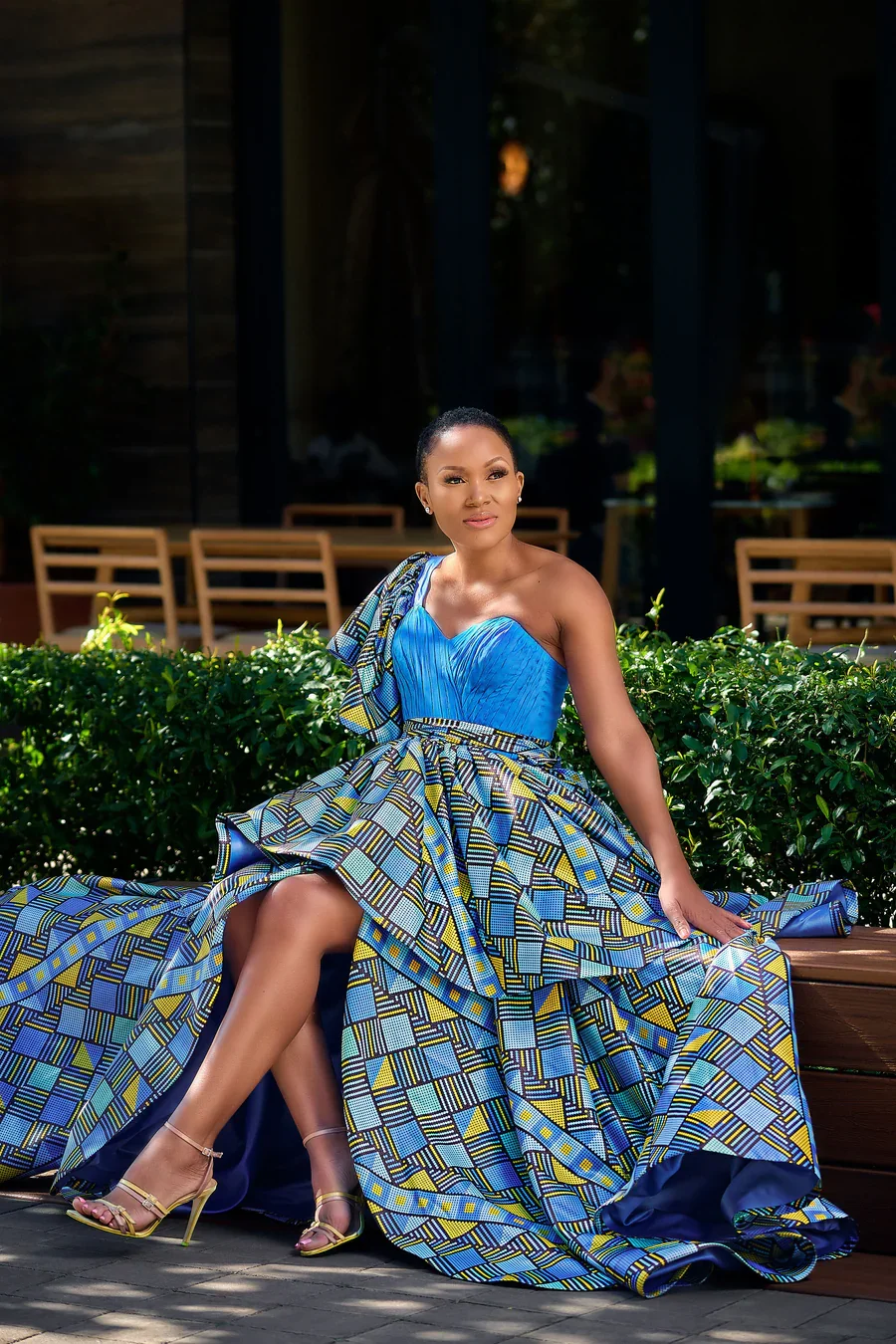Beads That Speak: The Hidden Language of Zulu Beadwork
In Africa, beads serve as more than mere adornment, carrying deep cultural, social, and spiritual significance. They are significant objects in African fashion. While some are worn to convey information, others are used as ethnic signifiers within the community, or as adornments for women and men, among other purposes. Originally, beads were crafted from natural materials, including bones, wood, stones, shells, seeds, and even clay, before the advent of glass materials. This beautiful adornment can be worn on the wrists, neck, waist, and ankles.
Among African beadwork is Zulu beadwork, known for its symbolism, intricate patterns, and vibrant colors, which convey messages within society. The Zulu people of South Africa traditionally make Zulu beads. Back then, they were crafted from bones, horns, polished stones, shells, or polished wood, and women did the process. Today, beadwork is primarily made from glass beads, strung on wire or thread, and the beaded panels are often mounted on fabric, leather, or animal hides. These beads are small and colorful, arranged in a detailed pattern that forms a triangular shape to convey information, such as a person's gender in the community. Each corner and tip of the triangle has its own representation and context; the direction of the tip indicates a person's social status or relationship.
If the triangle’s tip is pointing up, it means the gender is female and she is unmarried. The downward-pointing tip indicates the gender is male and that he’s unmarried. To indicate that the female is married, they would merge two triangles to form a diamond-shaped bead, while for the married man, the tips of two triangles would meet to form an hourglass-like shape.
The Symbolic Language of Zulu Bead Colour
Another way the Zulu tribe communicates through beadwork is by colour. Each colour used in the beads has a different meaning; it can be either positive or negative, depending on the context. Here’s a breakdown of the seven colours used in Zulu beads and their meaning:
Blue: A symbol of faithfulness and a request for love, but can also express hostility and dislike.
Black: It symbolizes marriage and rebirth; it can also represent death and sadness.
Yellow: It represents wealth and gardens, and it also has its own negative expression, as it symbolizes badness and withering.
Green: Green communicates contentment, but can also convey discord or illness.
Pink: It reflects promises and high status, but it can also denote poverty and laziness.
Red: A color of love, it can also express strong emotions, including anger and heartache.
White: This color is commonly used in beadwork worn by brides, as it symbolizes spiritual love and purity. White is the only color that doesn’t express any form of negative emotions.
The colours of the beads are carefully selected and arranged when crafting. The crafted beads are used to create a variety of traditional items and accessories, and they include:
Necklaces (called umgexo in the Zulu language)
Bracelets (it means ucu in Zulu): Worn by both women and men to indicate their relationship status.
Beaded aprons (It means Iseoege in the Zulu language ): Young women wear these for traditional and ceremonial rites.
Ankle and waist beads: These are worn as symbols of femininity. Some designs are worn only by married women.
Bodies and Chest Pieces: They are traditionally worn by women during weddings, rites, cultural events, or traditional dances and festivals.
Zulu beads are accessories used in both everyday life and significant cultural events, such as initiation ceremonies, weddings, funerals, and coming-of-age rites. The type, design, and colour of beads worn at these ceremonies denote the kind of occasion and the wearer’s status in the community. For example, during Umemulo (a traditional Zulu coming-of-age ceremony for girls), elaborate beaded costumes are worn to adorn them during the initiation.
In the community, maidens often craft beads called “love letters” for their potential suitor to express their feelings. The colors and patterns are carefully chosen as the beads contain messages that only they can decode.
While Zulu beads still hold deep cultural value, they have evolved, as they are no longer limited to ceremonial use; they now appear in everyday fashion and accessories. These traditional pieces have gained international recognition, often showcased in fashion shows, exhibitions, and tourism hubs. Young fashion designers and artisans are incorporating beads into modern garments, blending traditional patterns with contemporary styles to create a living art that honors heritage while embracing change.
One brand incorporating Zulu beads into its design is eYami, a South African brand that combines Zulu beadwork with its prints. The eYami product range includes dresses and kimonos, as well as bucket hats, bags, and scarves, all featuring vibrant, beadwork-inspired prints. The brand exemplifies how traditional beadwork can be reimagined in modern wardrobes.
Zulu beadwork is more than an artistic craft; it's a visual representation of language and a vibrant form of identity.
As modern styles and culture blend, the message behind the beads remains the same. Whether worn by locals or tourists, one thing remains clear: In the world of Zulu fashion, every bead speaks.






